The Huawei Mate 9 Review
by Matt Humrick on January 27, 2017 7:00 AM ESTFinal Words
For the past few generations, Huawei has steadily improved its flagship Mate phablets while adhering to the same blueprint: large screen, slim bezels, aluminum chassis, excellent system performance and battery life. They’ve also shared some of the same shortcomings, namely underpowered GPUs and poor display and camera quality. The Mate 9 manages to improve upon the previous generation’s strengths, while fixing at least some of its issues.
At first glance, the Mate 9 looks very similar to the Mate 8, which is not a bad thing. The sturdy aluminum chassis, thin bezels, and polished accents give the Mate 9 a classy, premium look and feel. Despite its large size, it feels comfortable and balanced in the hand, making it possible to perform many tasks one-handed. The new dual-camera module on the back is also nicely designed. I do have two minor complaints, however, both of which are carryovers from the Mate 8. The first is the black border around the display that’s just thick enough to be distracting (at least on the models that come with white fronts). I also do not care for the cheap looking plastic antenna windows on the back that do not exactly match the color of the aluminum chassis.
Before we list the Mate 9’s positive traits, let’s discuss its biggest blemish: the 5.9-inch display. Yes, it gets very bright and has excellent black levels for an IPS panel, but Huawei’s display calibration leaves a lot to be desired. The overly cool white point, imperfect gamma, and wide gamut support lead to poor grayscale and color accuracy. Huawei does include preconfigured Cold and Warm white point settings, but they only make things worse. The screen looks decent after adjusting the white point manually, but it still trails other flagship phones. Huawei also misses an opportunity to provide better color accuracy by not providing an sRGB display mode, although, some people will like the punchy colors from its wide gamut display. Viewing angles are not particularly good either.
While the Mate 9’s display is not incredibly impressive, its performance and battery life are. The big.LITTLE arrangement of A73 and A53 CPUs in its Kirin 960 SoC deliver excellent in-app performance. Huawei’s use of the F2FS filesystem and other optimizations help apps launch and install quickly. And the user interface feels responsive. The only area where the Mate 9 stumbles is scrolling performance, where what appears to be a bug in EMUI 5.0 keeps UI rendering from reaching a smooth 60fps. It’s not a dealbreaker, though.
One of the Mate 8’s weaknesses was the underpowered GPU in its Kirin 950 SoC. Instead of trying to keep pace with other top-tier SoCs, HiSilicon limited its GPU core count in an effort to reduce power consumption and cost, while still providing “good enough” performance. The Mate 9’s Kirin 960 no longer follows this ethos; it uses ARM’s latest Mali-G71 GPU, whose new Bifrost architecture delivers noticeable performance improvements, and, more importantly, doubles the number of GPU cores from four to eight, giving it a 2.5x to 3x advantage over the Mate 8 on average and making it competitive with the Adreno 530 GPU in current Snapdragon 820 phones.
Normally, high performance leads to poor battery life, but the Mate 9 proves to be an exception. Its large 4000 mAh battery and efficient CPU configuration helped it last 13.25 hours in our Wi-Fi web browsing battery life test and almost 10 hours in PCMark. Battery life while gaming is merely average, however.
The Mate 9’s dual rear camera, which Huawei co-developed with Leica, captures excellent, natural looking images. Its exposure, gamma, and white balance settings were consistently better than other cameras I’ve tested, but its HDR mode is uninspiring and it lacks fine detail compared to the Google Pixel XL and Samsung Galaxy S7 edge. Some people may prefer the more saturated colors produced by the latter two phones to the Mate 9’s more realistic colors. The Mate 9 includes Leica’s Vivid and Smooth camera modes that can be help boost colors in some situations.
There were a few other things I noticed while using the Mate 9. First, its 802.11a/b/g/n/ac Wi-Fi solution connects to networks very quickly—something many phones have trouble with—but it only supports a single spatial stream instead of dual stream MU-MIMO like many other flagship phones, limiting peak performance. I was also pleasantly surprised by how good its external speakers sound. Like the HTC 10, it uses the earpiece speaker for higher frequency support along with a single downward-firing speaker to great effect. Music gets very loud without distorting, and while not as good as true stereo speakers (they do not have the same frequency response and output level), they provide a wider soundstage than the typical single speaker found on most phones. What really impressed me, though, was the fingerprint sensor, which is by far the fastest, most accurate sensor I’ve used. It’s so fast, you can swipe your finger across the sensor without a pause to instantly wake and unlock the phone. It can also be used as a control within EMUI—touching and holding it to answer a call or swiping up and down to raise and lower the notification shade, for example. My only complaint is that the sensor is a little small, especially when using the gesture controls.
The Mate 9 comes with Android 7.0 and Huawei’s EMUI 5.0, which includes most of the same features as EMUI 4.1 but sports a completely redesigned UI. The interface looks more consistent and is easier to navigate. Its design also draws less inspiration from Apple’s iOS and more from Android AOSP. There’s even an optional app drawer now.
The Mate 9 is also significant because it’s the first Huawei flagship phone to be sold in the US. Huawei brought its less-expensive Honor brand to the US more than a year ago, selling the Honor 5X and Honor 8 through online retailers. Without a significant store presence, however, it will be difficult for the Mate 9 to break Apple’s and Samsung’s domination of the high-end US market, especially when the Mate 9 lacks some premium features like wireless charging and protection from dust and water. The Mate 9 will be getting Amazon’s Alexa voice service later this year, which could be a unique feature, but Huawei said Alexa will not be able to access local data, including information contained within the address book.
The Mate 9 still is not perfect, but it improves on the Mate 8’s core strengths while fixing some of its issues. If you’re looking for a phone with a big screen, the Mate 9 is definitely worth consideration.


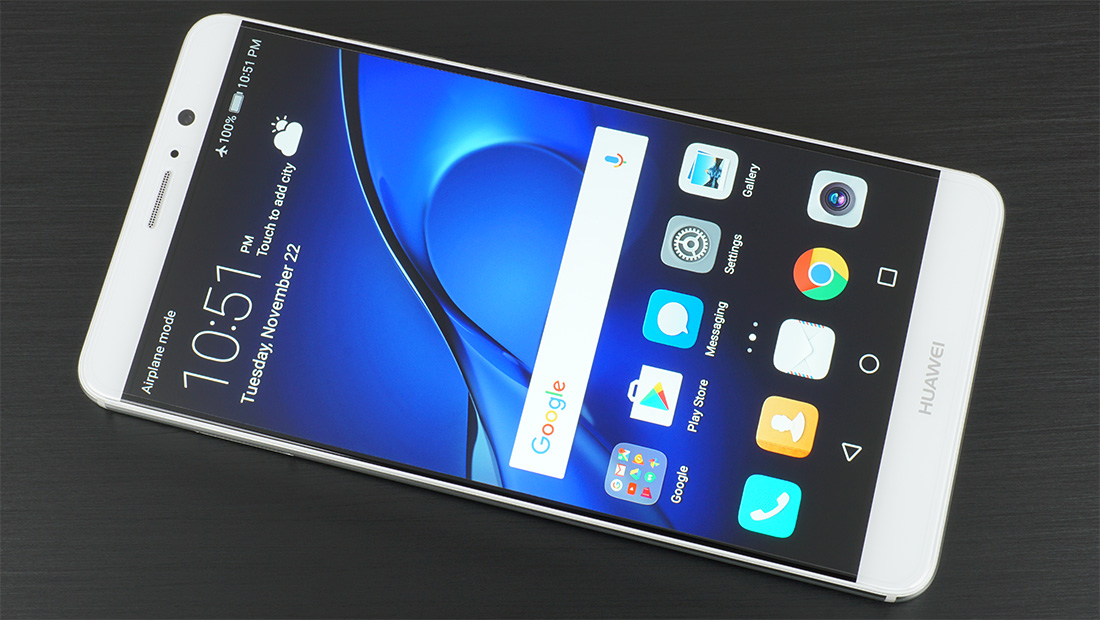
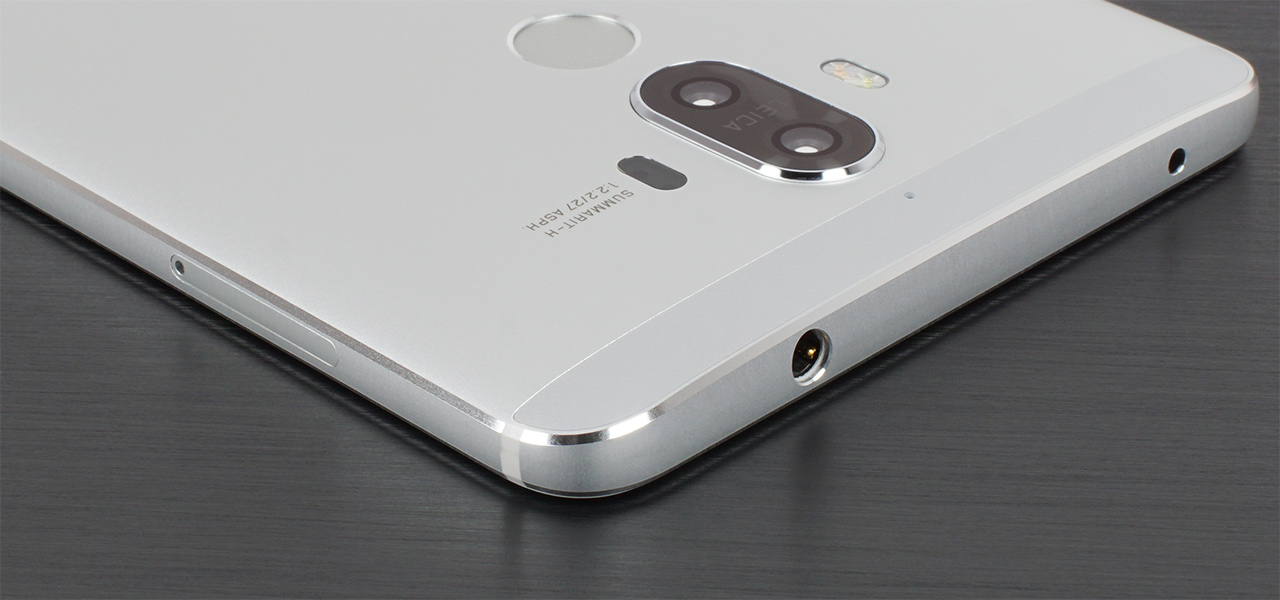
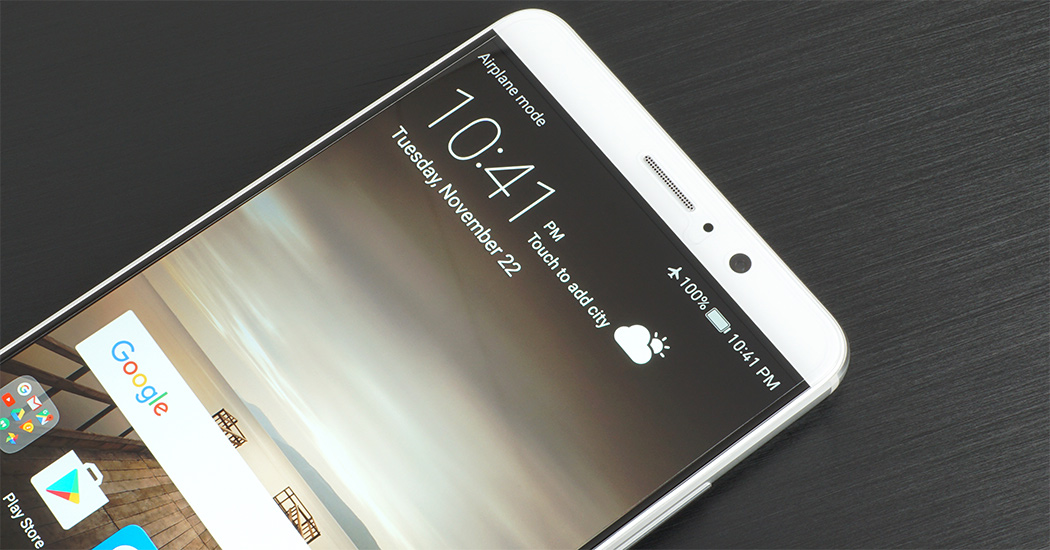
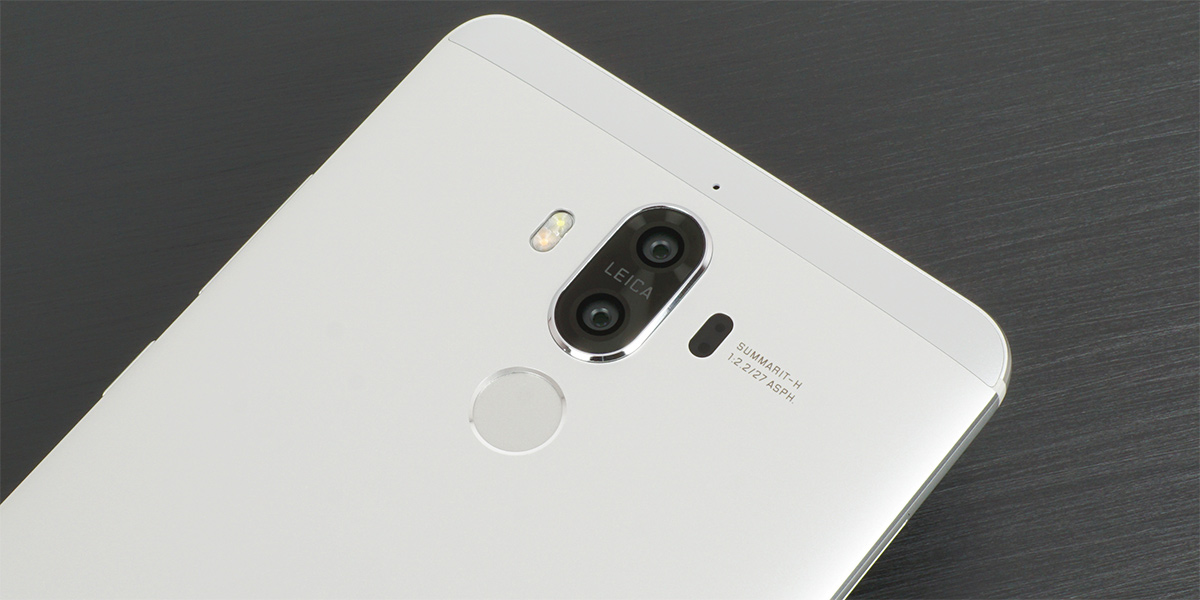
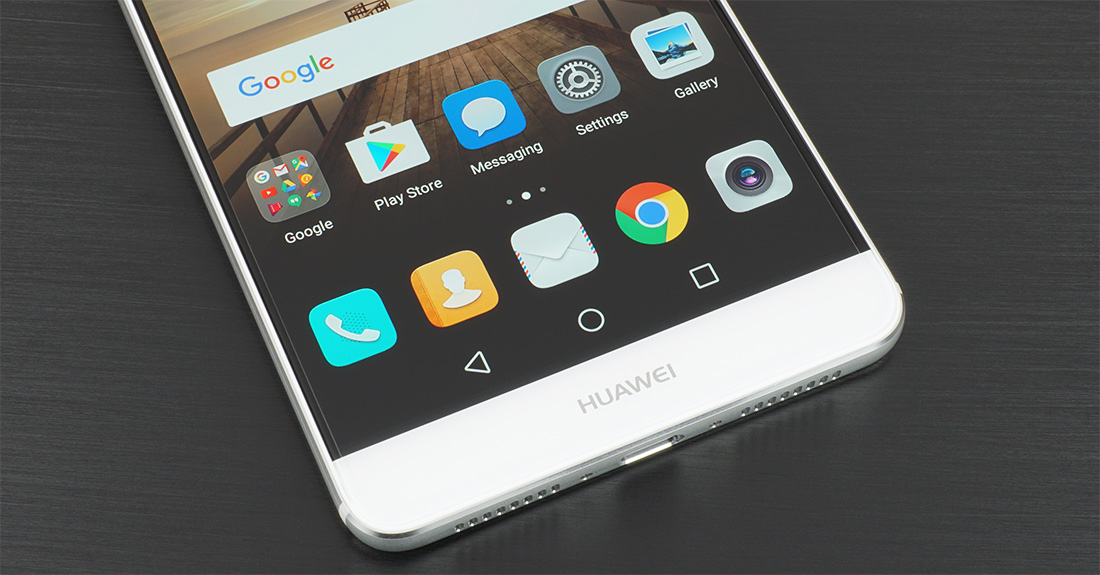








84 Comments
View All Comments
lolipopman - Saturday, January 28, 2017 - link
No mention of thermal throttling, great work, guys!Meteor2 - Saturday, January 28, 2017 - link
?? Read the review more carefully.s.yu - Saturday, January 28, 2017 - link
At least they didn't send the Samsung copycat version over for the review.Shadowmaster625 - Saturday, January 28, 2017 - link
And yet another android SoC gets eaten by apple.cokata1 - Sunday, January 29, 2017 - link
The Mediatek X30 should be a very interesting SoC to take a closer look at. I hope Anandtech does a deep dive for it. 2X A73 @ 2.8Ghz with 4x A53s and 4x A35s all on 10nm process. This should be the first Mediatek SoC that is competitive with the rest when it comes to power/watt, and we will see the A35 for the first time.thek - Sunday, January 29, 2017 - link
Hey look this website isn't dead..UtilityMax - Monday, January 30, 2017 - link
Are you guys also going to review the Huawei Mediapad M3? That was basically the only top-major-vendor brand new Android tablet introduced in the USA in 2016.aryonoco - Monday, January 30, 2017 - link
Anandtech reviews are completely losing sight of what's important.There is a whole section on "Software", where multiple paragraphs are spent talking about what the icons looks like and what this specific highlight color is. And yet there is no mention of stuff that actually matters: What Android security patch level is this thing running? Has the manufacturer committed to providing security updates on a timely basis? For how long?
What's the point of spending $600 on a device that comes with root exploits out of the box?
Now tell me, is prompt security updates not worth even a single mention in a product review?
Matt Humrick - Tuesday, January 31, 2017 - link
I discussed Huawei's update policy in our Honor 8 review, which I linked to in the first paragraph of the software section. As of today, the Mate 9 has the November security patch. Currently, I would say Huawei is about average for releasing security updates and a little below average for releasing OS updates.akdj - Wednesday, February 1, 2017 - link
Matt,I just wanted to drop a quick thanks and throw some shade your way for both a job well done and continued efforts in spite of ridiculous, incessant and from the same family of foolishness ubiquitous throughout technology review and rumor sites, forums and social media.
I'm not alone and I'm sure most here recognize just the recovery time to 'process' sites, sounds - products and future technology gleaned from another CES - which ended just three weeks ago! Not to mention 'Vegas' recovery in and of itself, travel and catch up with, what I'm sure each of you have, that 'other life'! It's obligations, responsibilities and a few hours of sleep --
Not to mention constant communications with different OEMs about product, shipping and scheduling and doing so with the offering of a completely free website run by enthusiasts who possess more knowledge in a broader expanse of tech hard and software than most of us readers and typical but focused enthusiasts interested in other areas and aspects of technology.
IMHO, the job you do for the millions each of you makes yearly;) - is nothing less than greatly appreciated by an exponential percentage that'll ever take the time to post, even register with your site - IOW; you've a huge percentage of 'happy' and 'return' visitors vs. the usually humorous and ignorance displayed by a few in your response and comments. I've long since given up responding to each bozo I disagree with, reserving my attacks for those deserving and spreading unusual, over the top BS about product to perspective users, buyers or legitimate queries
You still host a site second to not a single site when it comes to in depth, well written and researched/combined with real world usage, avoiding time to press pressure... providing amazing, compelling reviews filled with detailed objective and subjective data by authors with obvious enthusiasm for technology and it's constant march in to the future inevitably offering faster, more reliable, durable 'better' product choices every day, week, month, and years that go by...
Some'll still be feeding spiders in mom's basement, drinking Mt Dew with a serious lack of 'outdoor time' - @ 45 years old behind the anonymity of their keyboards waking daily with a single goal in mind. Belittle others, demand from anyone but themselves, and magnify their miserable (yet easily changed, bettered, and enjoyed...) existence online.
As anonymous ghosts empowered by their ability to hide in mom's basement, enjoying a false sense of security while feeding said spider;)
Take care, Happy New Year and hopefully you've had the opportunity to recover from CES, transfer your stills and video and 'thoughts/notes' to the 'mainframe' - with a chance to unwind and debrief! As always, regardless of when the A10 'deep dive' is posted, an in depth essay on the architecture of the new SD-835 or your review of the new MacBook Pro's 15" fully upgraded Touch Bar hits - whether beaten by your ten pages on Dell's XPS 15" - I'll be here, I'll read and guaranteed, I'll enjoy your time, efforts and enthusiasm for a job VERY Well Done
Thanks
Jeremy